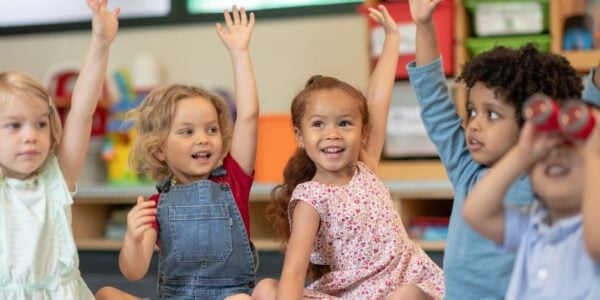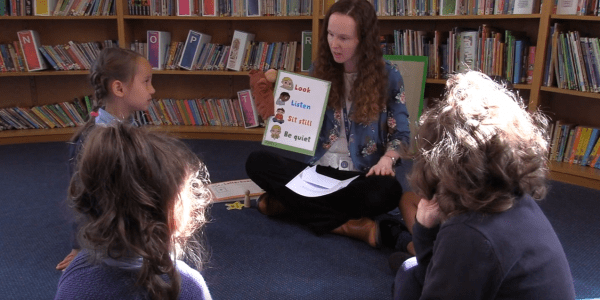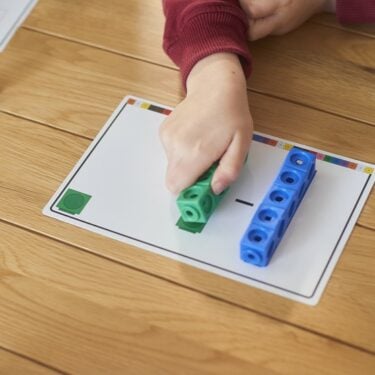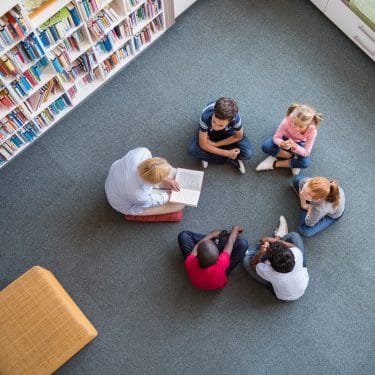
30/06/17
3 min read
School staff are not sufficiently trained to meet the needs of pupils with learning difficulties, with special needs education heavily reliant on under-skilled teaching assistants.
New research from the UCL Institute of Education (IOE) shows that despite reforms designed to ensure pupils with special educational needs and disabilities (SEND) receive more high quality teaching, as they approach their GCSEs, a significant proportion of teaching for those with Education, Health and Care Plans (EHCPs) is done by teaching assistants (TAs). Additionally, as numbers of TAs are increasingly cut, the findings raise doubts over the sustainability of inclusive education for pupils with SEND.
Rob Webster (IOE), who co-authored the study with Professor Peter Blatchford (IOE) said, “Our study’s findings follow Department for Education (DfE) data revealing the number of TAs working in secondary schools deceased by 8% between 2013 and 2016. Currently, TAs who do most of the work with children with SEND are holding the system together. It is unclear how schools will respond to meeting the needs of pupils with special needs if TA numbers decrease further, as many expect”.
“We also found that teachers’ and TAs’ are often not adequately trained in teaching pupils with SEND. Many staff were unsure how to best deal with the challenges and sometimes-complex difficulties posed by pupils with EHCPs”.
The SENSE (Special Educational Needs in Secondary Education) study, funded by the Nuffield Foundation, is the first research project to closely examine the experience of pupils with EHCPs in secondary education settings. It is the largest classroom observation study ever in the UK to look at children with special needs. Researchers completed 700 hours of observation across 43 schools in England.
Results from the study show that in 84% of observations in English, maths and science lessons, pupils with EHCPs were taught in separate classes for ‘low ability’ pupils and those with SEND. Despite being taught for half the time (54%) in smaller classes of 16 or fewer, pupils with EHCPs did not get more time overall with teachers, compared to average-attaining pupils (who were taught in classes of 17 or more).
Pupils with EHCPs spent 15% of lesson time interacting with TAs, compared to only 1% for average-attainers, and only 16% of their time interacting with classmates, compared to 27% for others. The researchers concluded that high amounts of TA support came at the expense of interaction with teachers and peers.
“It’s important to put these findings into context”, says Webster, “There are ways schools can ensure TAs play an effective part in teaching and learning. What concerns us is that schools tend to address teaching for pupils with SEND by organising teaching groups by ‘ability’, and by allocating additional adult support, rather than concentrating on improving the quality and accessibility of teaching”.
The researchers conclude that these findings reveal how the systemic use of TAs is compensating or covering for failures relating to teacher training, task planning, and attempts to make teaching more inclusive. In particular, they query whether school leaders have given SEND sufficient priority at the strategic level.
As schools reluctantly cut support staff roles to balance budgets, the IOE research calls into question the sustainability of a widespread approach to inclusion in England that is so reliant on teaching assistants. The researchers warn that the DfE’s own pupil projections predict a 15% increase in the number of children requiring some form of specialist education by 2025, and conclude that mainstream schools will be required to play a significant role in local approaches to SEND provision.
We appreciate schools are doing their best in challenging circumstances, and that they value their TAs. We call on school leaders to be courageous and make the education of children and young people with learning difficulties and disabilities a strategic priority”.Rob Webster, study co-author
Previous research from the IOE team found that high amounts of support from TAs is associated with a negative impact on learning for pupils with highest level of SEND.
Josh Hillman, Director of Education at the Nuffield Foundation said: “We do not know enough about the classroom experience of children and young people with learning difficulties – something the Nuffield Foundation is addressing by funding research like this, which has revealed the extent to which secondary schools are reliant on teaching assistants to support pupils with special education needs. This puts young people with learning difficulties at a double disadvantage, because not only is there is a lack of appropriate training for TAs, but as schools reduce the numbers of TAs, young people with learning difficulties are losing the support they do have”.
About the SENSE study
The SENSE study replicates the previous Making a Statement (MAST) study, by Rob Webster and Professor Peter Blatchford, which tracked pupils with SEND in primary schools. 30 of the 60 pupils tracked as part of the SENSE study were in the earlier MAST study cohort. Together, the MAST and SENSE studies represent the largest observational study ever conducted in the UK on pupils with SEND, and is based on a total of 1,340 hours of classroom observation and 490 interviews with school staff, parents and pupils.

















































